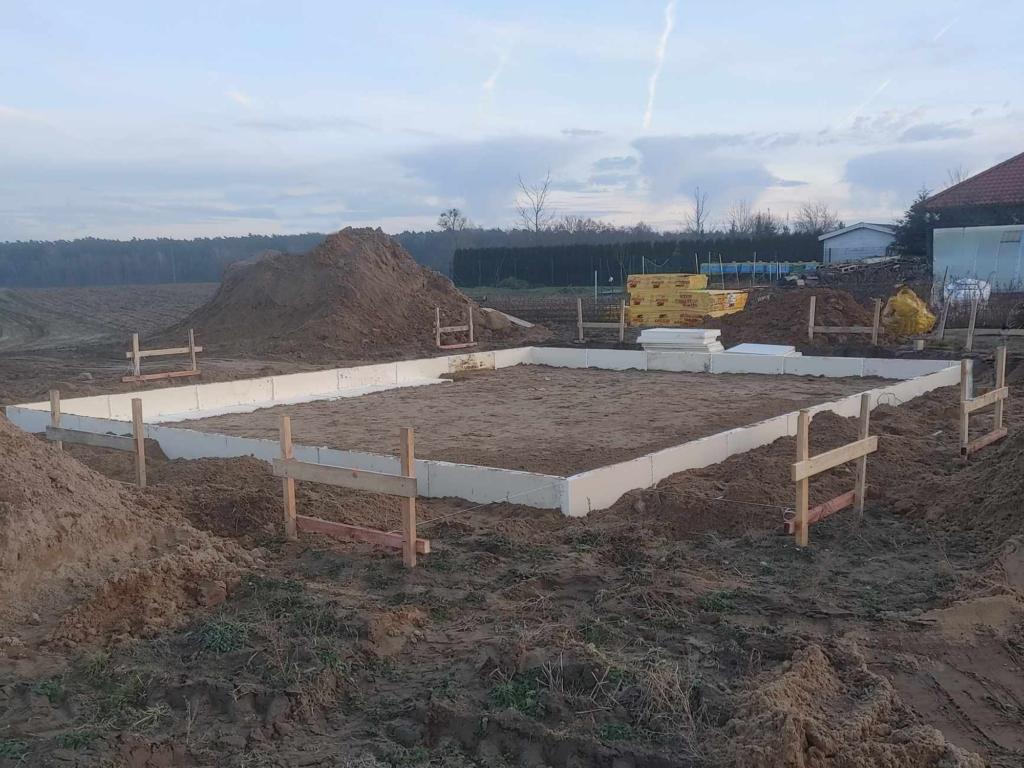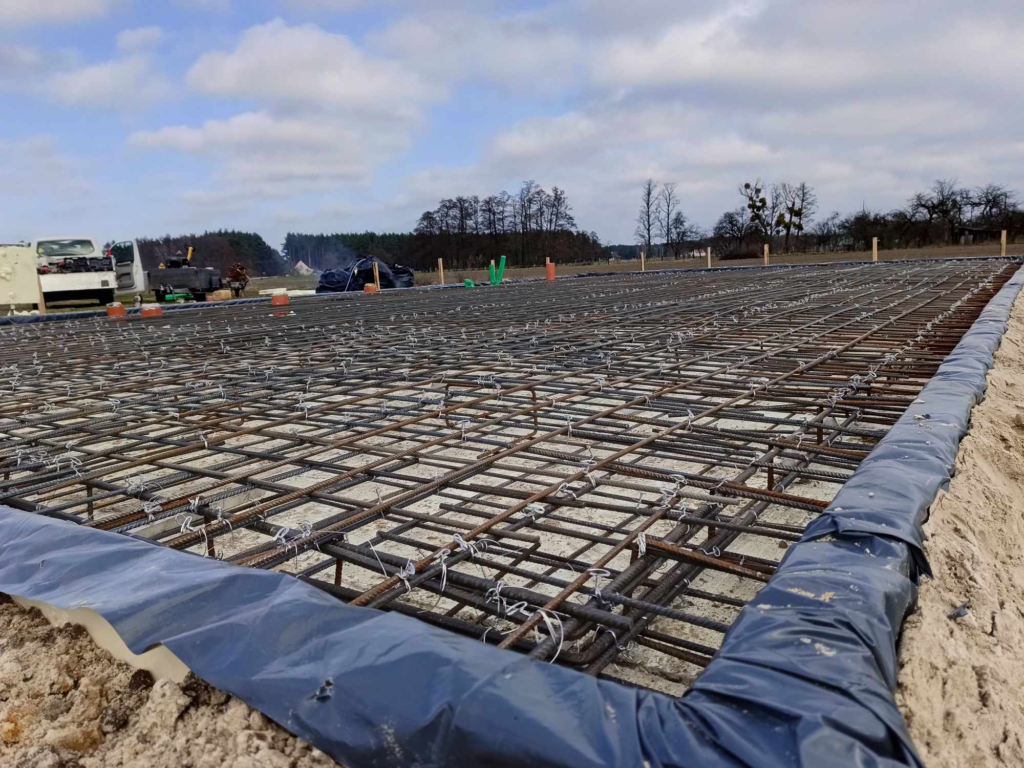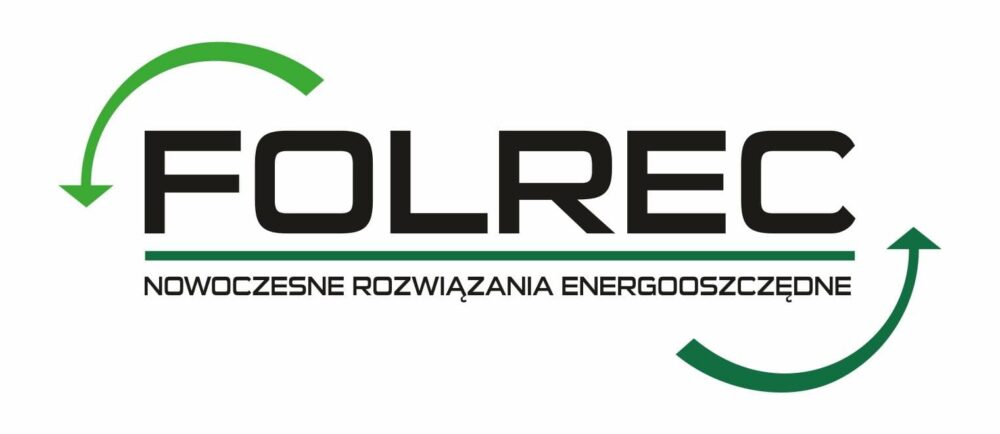A foundation slab is a type of foundation that transfers the building’s load to the ground. It is made of a mixture of structural concrete. It is a standard in prefabricated, energy-saving and passive construction.
Benefits of using a foundation slab:
- the building’s load is distributed evenly on the ground, not linearly as in the case of a classic foundation, which makes it ideal for soil with poor load-bearing capacity or non-cohesive,
- quick implementation time
- Even 2-3 days are enough to complete it, then just wait until the concrete sets,
- by making a foundation slab, we also gain a floor on the ground,
- thermal insulation placed on the bottom of the board, preventing the formation of thermal bridges,
- thanks to the moisture-proof insulation, the foundation slab can also be used on wet soil,
- no need to perform deep excavations, because the foundation slab can be made even at a depth of 50 cm (each time it is an individual factor, depending on e.g. the type of soil);
When planning the construction of a foundation slab, we must remember to distribute the connections:
- water and sewage,
- electrics,
- heating (e.g. gas, fireplace)


The distribution of connections must be very precise, because once the slab is poured, it will not be possible to change their position.
The cross-section of the foundation slab most often looks like this (depending on the soil and design):
- a layer of compacted aggregate/gravel,
- sand bedding (packed),
- isolation foil,
- thermal insulation layer (styrofoam) with edge insulation,
- steel reinforcing mesh, placed on concrete or plastic spacers, and reinforcements for load-bearing walls according to project,
- concrete screed.
